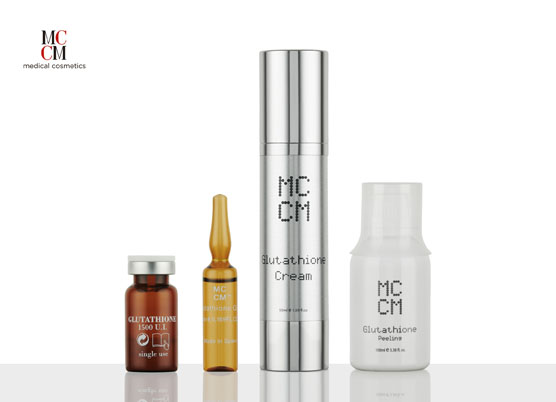By Doctor Daniela Taher
Periorbital rejuvenation has a major impact on facial appearance and the goal is to create a smooth contour from brow to cheek
The term festoon describes a hanging tissue (orbicularis muscle, skin, +/- fat) between two points represented by the lower eyelid and cheek.
Festoons are more common than we think but only an expert would recognize them. They have been a frustrating problem for surgeons because they persist after classical blepharoplasty, are recurrent and sometimes a secondary procedure is necessary.

Etiology and pathophysiology
Festoons can appear with age or can be genetically inherited. Predisposing factors may be: chronic allergies, thyroid, renal dysfunctions, lymphatic imbalance and fillers in the area. The development of malar oedema, malar mounds and festoons are related to the anatomy of the lid-cheek junction and mid face. The stretching of ORL produces the sagging of the lid-cheek junction and the degeneration of the orbicularis muscles stretches the overlying skin. The chronic distention over a strong structure, represented by the malar septum and zygomatic cutaneous ligament, causes the progression from malar oedema to malar mounds and finally to festoons. Midface atrophy, bone and SOOF will also contribute to the festoon appearance. Fat and fluid may also begin to accumulate in the area, giving the festoon a puffy appearance.
Treatment strategies
Surgical correction with local excision, subperiosteal mid-face lift associated with lower blepharoplasty, skin-muscle flap, CO2 and Er-Yag laser resurfacing, radiofrequency, 2% tetracycline injection, Kybella injection and micro liposuction, volumising injection fat or fillers are the options to consider in the treatment of festoons.
A couple of years ago, a new tool in dermatology and medical aesthetics was introduced which was based on fractionated plasma, called Plasmage. This device delivers 4 levels of fractioning and 6 scales of intensity. In this way, the doctor can adapt the treatment and maintain a constant level of safety. In physics, plasma is considered the fourth state of matter next to solids, liquids and gases, and is made up of ionised gas. Plasmage generates its plasma through an electric discharge, without directly contacting the skin. It acts only on the area it is directed at, without breaking the deeper layers of the skin or affecting the health of the surrounding tissues.
The electrical discharge causes a temperature rise in a targeted part of the skin in a very selective way, with high energy density. This causes sublimation spots of the superficial corneocytes, without affecting the basal cell layer, creating a lifting effect. Non-fractionated devices cause more damage to the surrounding tissue and side effects are much more common: prolonged erythema, hyperpigmentation. This is due to the continuous beam of energy used, compared to the pulsating beam of the fractionated devices. The fractionated devices also do not go as deep, and evaporate the excess skin superficially. This technology can be an adjuvant therapy or a solution for small, incipient festoons. This technology does not anchor the sagging tissue, but stimulates contraction and improves the skin laxity. It is still unclear what brings about this reduction in local oedema.
The results are encouraging but further long term studies should be done. Fractionated plasma can be an adjuvant for surgical correction or can be a primary treatment for mild or moderate, skin predominating festoons. However, a clear understanding of each patients anatomic variations of festoons, together with an individualized treatment that might combine surgical and non-surgical procedures, may be the key for an optimal outcome.
Doctor Daniela Taher 
Dermatologist and aesthetic dermatologist at the Skin Clinic, Bucharest.















